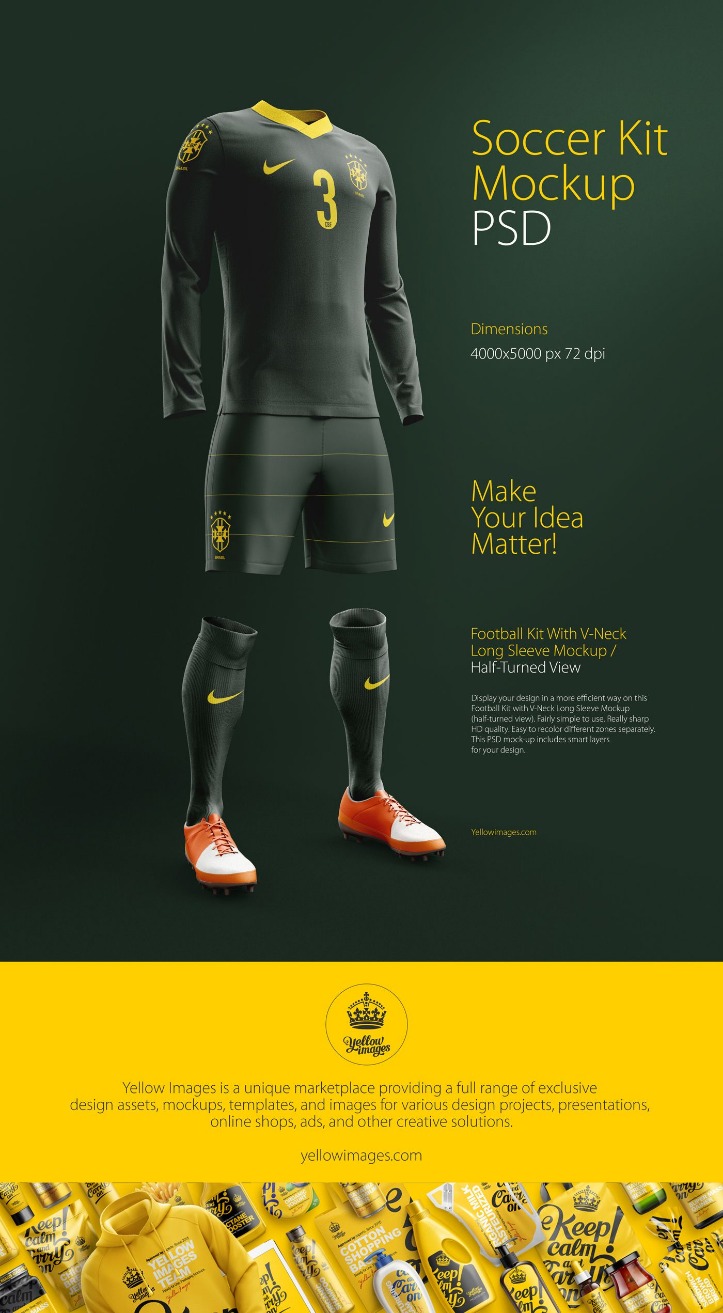Football kits have come a long way since the early days of the sport. From simple, plain jerseys to high-tech, customized uniforms, the evolution of football kits has been a fascinating journey. Let’s take a closer look at how football kits have evolved over the years.
The Early Years
In the early days of football, players wore whatever they had available. This often meant wearing their own clothes, which could be anything from plain white shirts to mismatched colors. As the sport became more organized and competitive, teams began to wear matching kits to distinguish themselves from their opponents.
The Rise of Sponsorship
In the 1970s, football kits began to feature sponsorship logos. This marked a shift in the way kits were designed, as teams now had to incorporate sponsor logos into their uniforms. Some fans were initially resistant to this change, feeling that it detracted from the traditional look of the kits. However, as sponsorship deals became more lucrative, it became a standard practice in the world of football.
Modern Kits
Today, football kits have evolved to be more than just a uniform for players. They have become a symbol of a team’s identity, with each kit uniquely designed to reflect the club’s colors and history. Manufacturers like Nike, Adidas, and Puma compete to create innovative designs that not only look stylish but also enhance performance on the field. With advancements in technology, modern football kits are lightweight, breathable, and designed to wick away sweat, making them more comfortable for players to wear during matches.
Overall, the evolution of football kits mirrors the evolution of the sport itself. As football continues to grow in popularity around the world, we can expect to see even more exciting changes in the design and technology of football kits in the years to come.
